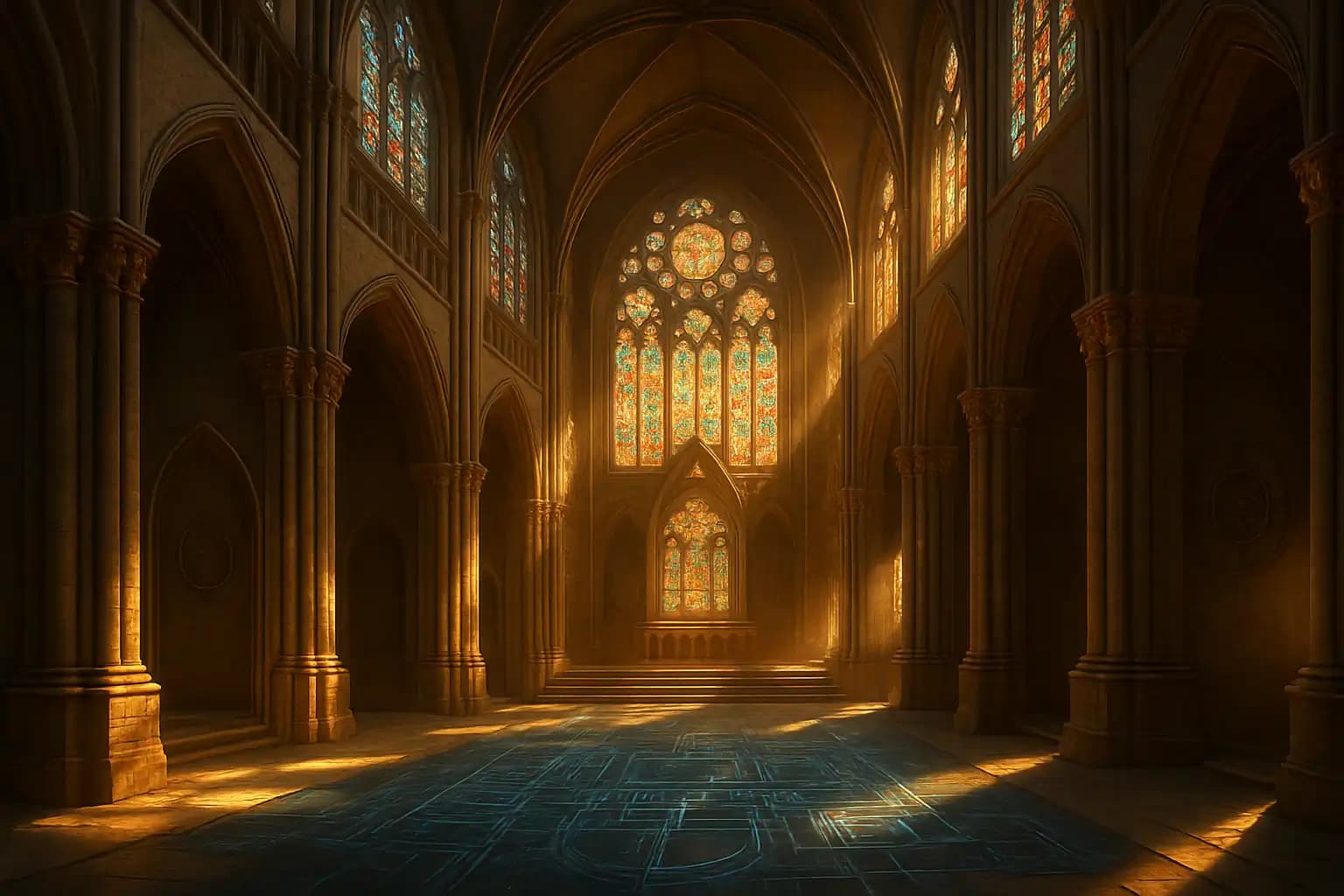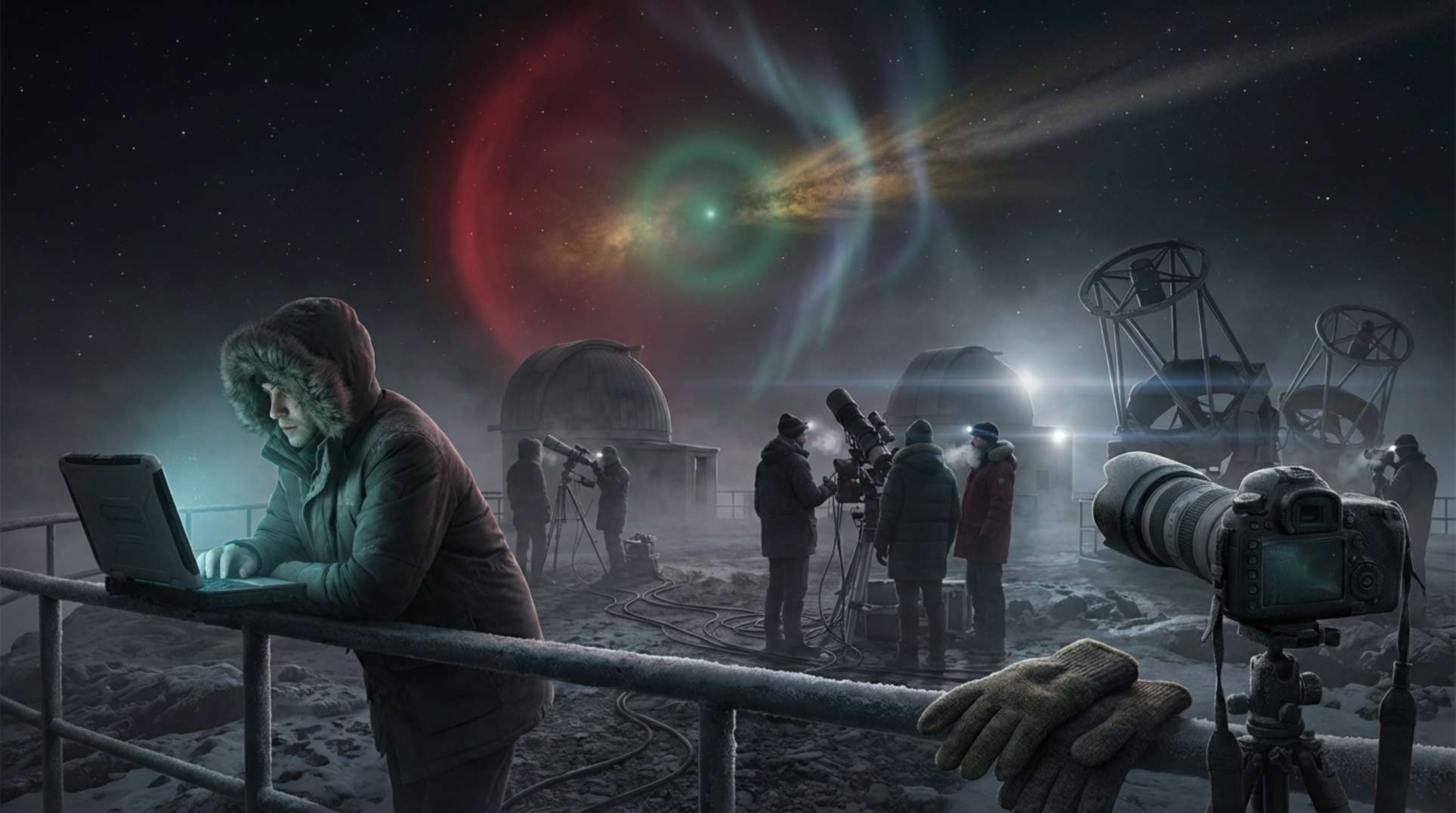Digging deeper into history reveals that its grandest secrets often exist in absence rather than presence. If you’ve wandered through a majestic cathedral or the echoing halls of a medieval castle and wondered, “Where did anyone go to the bathroom?”—you aren’t alone. Toilets are nowhere in sight, and there’s nothing resembling modern comforts. Instead, a persistent architectural mystery leaves archaeology and speculative theorists in a tug-of-war beneath our very feet.
The “great buildings of the Old World”—from gothic sanctuaries to glimmering palaces—showcase baffling advances in geometry, acoustics, and construction. Yet the fundamental question remains: Why didn’t builders create well-designed sanitary spaces? Moreover, could these structures have served unknown functions?
Historical Plumbing: Hidden, Primitive, or Post-Reset?
Mainstream scholarship indicates that castle inhabitants weren’t as deprived as legend suggests. According to the World History Encyclopedia and English Heritage, latrines called “garderobes” existed in many castles—often just a hole in a bench leading to a chute and a cesspit or moat. They rarely integrated into living quarters. Renaissance and Enlightenment palaces often featured more private privies, but these were usually built after original construction, hidden among elaborate architecture. Cathedrals, meanwhile, appear almost defiantly devoid of toilets, igniting debates on lost technologies and societal taboos—narratives that suggest entire civilizations may have vanished or been overthrown without hygienic traces.
This theme echoes through breakdowns of our vulnerable infrastructure—like this analysis of grid-down risks, where modernity’s collapse could erase “essentials” in a single generation.
Beyond Toilets: Energy Machines, Resonance Chambers, or Symbolic Spaces?
The latest wave of speculative history takes us into truly strange territory. Some researchers—and a vocal group on Tartarian forums—contend that many Old World cathedrals and palaces served functions beyond worship or governance. They propose these structures functioned as resonance chambers or giant “energy machines,” capable of harnessing electromagnetic frequencies from Earth’s ionosphere. Evidence includes unusual acoustics, precise geometric alignments, and stonework expertly engineered for sound and vibration—ideas unpacked in features on ancient resonance chambers and threads about cathedrals as synchronicity generators (see architectural studies).
Sound far-fetched? Perhaps. Mainstream voices point to the clear absence of waste disposal, but others suggest this void means these structures served entirely different purposes—whether for spiritual attunement, societal healing (akin to the science of cymatics), or forgotten branches of energy science. Theories like these challenge claims that our ancestors harnessed magnetic fields on levels we can barely comprehend—paralleling warnings of mass resets documented in catastrophic cycles like those in solar-terrestrial risk studies.
Sanitation, Taboos, and Civilizational Amnesia
The academic perspective, reflected in the extensive Wikipedia entry on garderobes and BBC investigations, suggests sanitation often lay outside, in rudimentary forms, and definitely out of sight. Many urban areas, particularly in Europe’s so-called “Dark Ages,” relied on chamber pots, privies, and open sewage ditches. Plagues, cholera, and “blackwater” were regular visitors—a pattern familiar to those who’ve read expert projections of disaster scenarios. However, little evidence suggests that cathedrals contained internal restrooms for congregants or clergy; even palatial courts preferred to keep such matters peripheral.
Still, the question lingers: Were these omissions due to engineering limitations, religious taboos, or civilizational resets that erased technologies—much like the “plumbing as a reset technology” hypothesis explored in modern sanitation histories? This gap invites alternative interpretations, as seen in exposes about hidden mathematical codes in historical construction (see this mathematical deep dive).
The Absence That’s Present Everywhere
Ultimately, absence can be the most revealing form of presence. With no toilets found in many grand Old World architectures, scholars and theorists must confront uncomfortable truths about lost knowledge, cultural priorities, or sudden technological shifts. Do missing latrines represent the historical equivalent of a societal blind spot—or does the void itself suggest functions and designs lost to a cataclysm or intentional erasure?
Either way, the debate reminds us, much like those in post-catastrophe analysis and mythic folklore, that sometimes gaps in our narrative hide the real discoveries. To explore the depths of lost worlds and missing marvels, keep an eye on Unexplained.co—and another on what history might hope you won’t ask.




